Polymer Surfaces: Fabrication, Modification and Applications
Polymer surfaces having micro-nanostructures can be produced using injection molding and hot embossing, high efficiency techniques able to meet the needs of industry for the mass production of polymer parts. Micro-nanosurfaces are in great demand for multiple applications that include antipollution and self-cleaning surfaces, microlenses, dry adhesion surfaces, antireflection coatings, cell culturing and differentiation as well as superhydrophobic surfaces. Polymer Surfaces: Fabrication, Modification and Applications discusses the injection molding of micro-nanostructured polymer surfaces consists of three main technical steps: mold inserts, processing parameters and demolding. The authors also discuss the capabilities of various demolding methods, such as antistiction coatings, to protect and enhance the surface properties of micro-nanostructures. The subsequent contribution focuses on biocompatible and biodegradable hollow nanoparticles prepared via the layer-by-layer deposition of polymer thin films on sacrificial templates. The review encompasses all aspects of nanocapsules from preparation through characterization and the applications as drug carriers. A promising strategy is proposed for facilely and successively replicating randomly arranged pyramids on an etched silicon wafer to polystyrene surface. The authors propose that this fast and efficient replication strategy could be an excellent candidate for developing antireflective protective layers without complicated procedures and expensive materials. A promising strategy was proposed for facilely and successively replicating the natural functional nanostructure of the cicada wing onto polystyrene surfaces in the concluding study. This work may direct the design of gradient wetting surfaces by mimicking the nanopillar structure of cicada wing. This strategy could aid in mimicking bio-inspired functional micro/nanostructures without complicated procedures and expensive materials.
{{comment.content}}

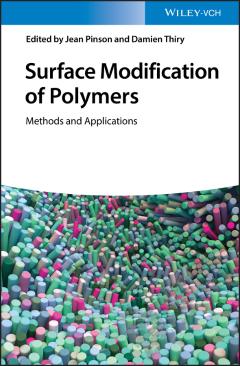
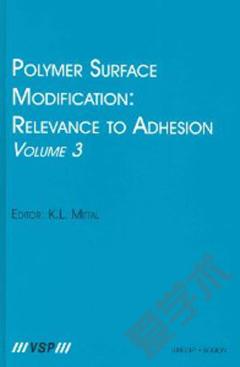
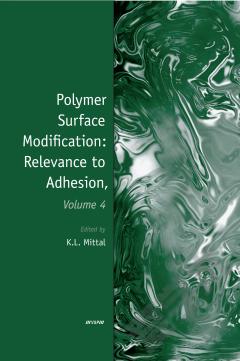

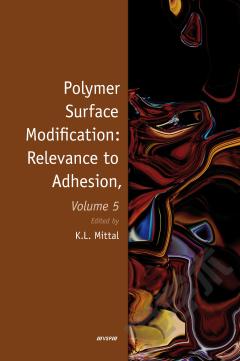
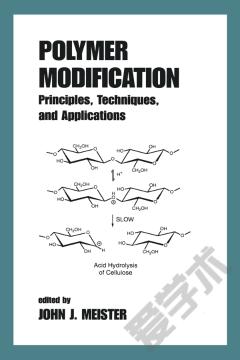

 京公网安备 11010802027623号
京公网安备 11010802027623号